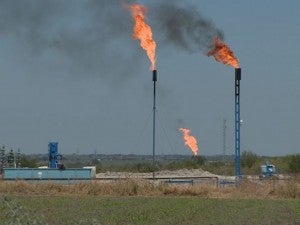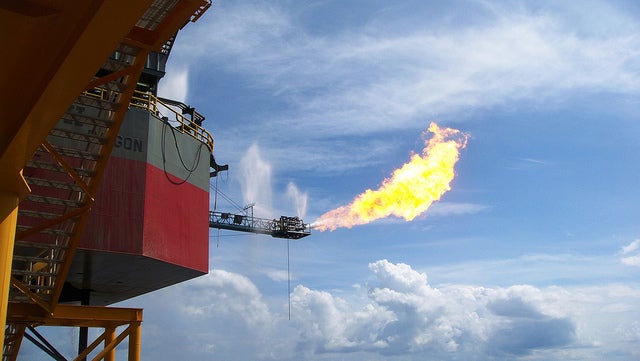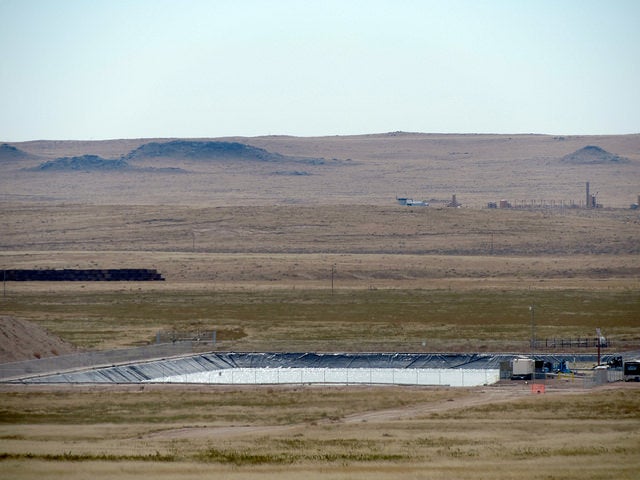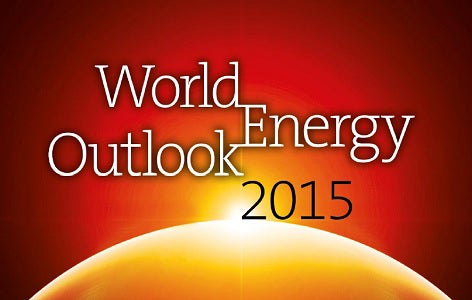 When operators pull oil out of the ground, it often comes up with copious amounts of natural gas. This “associated gas” can be captured and brought to market, creating an additional revenue source for operators. But if no gathering infrastructure or other methods of capture are deployed, operators either vent the gas to the atmosphere or burn it off with controlled flares. Venting results in the release of methane, a powerful greenhouse gas. Flaring results in troublesome emissions as well, including CO2 and hazardous air pollutants.
When operators pull oil out of the ground, it often comes up with copious amounts of natural gas. This “associated gas” can be captured and brought to market, creating an additional revenue source for operators. But if no gathering infrastructure or other methods of capture are deployed, operators either vent the gas to the atmosphere or burn it off with controlled flares. Venting results in the release of methane, a powerful greenhouse gas. Flaring results in troublesome emissions as well, including CO2 and hazardous air pollutants.
According to the Wyoming Oil and gas Conservation Commission (WOGCC), Wyoming’s oil and gas operators vented and flared more than five billion cubic feet of natural gas in 2014. Five billion cubic feet of gas that could be sold to generate taxes and royalties, heat homes and power machinery across the country, instead was wasted. Read More














